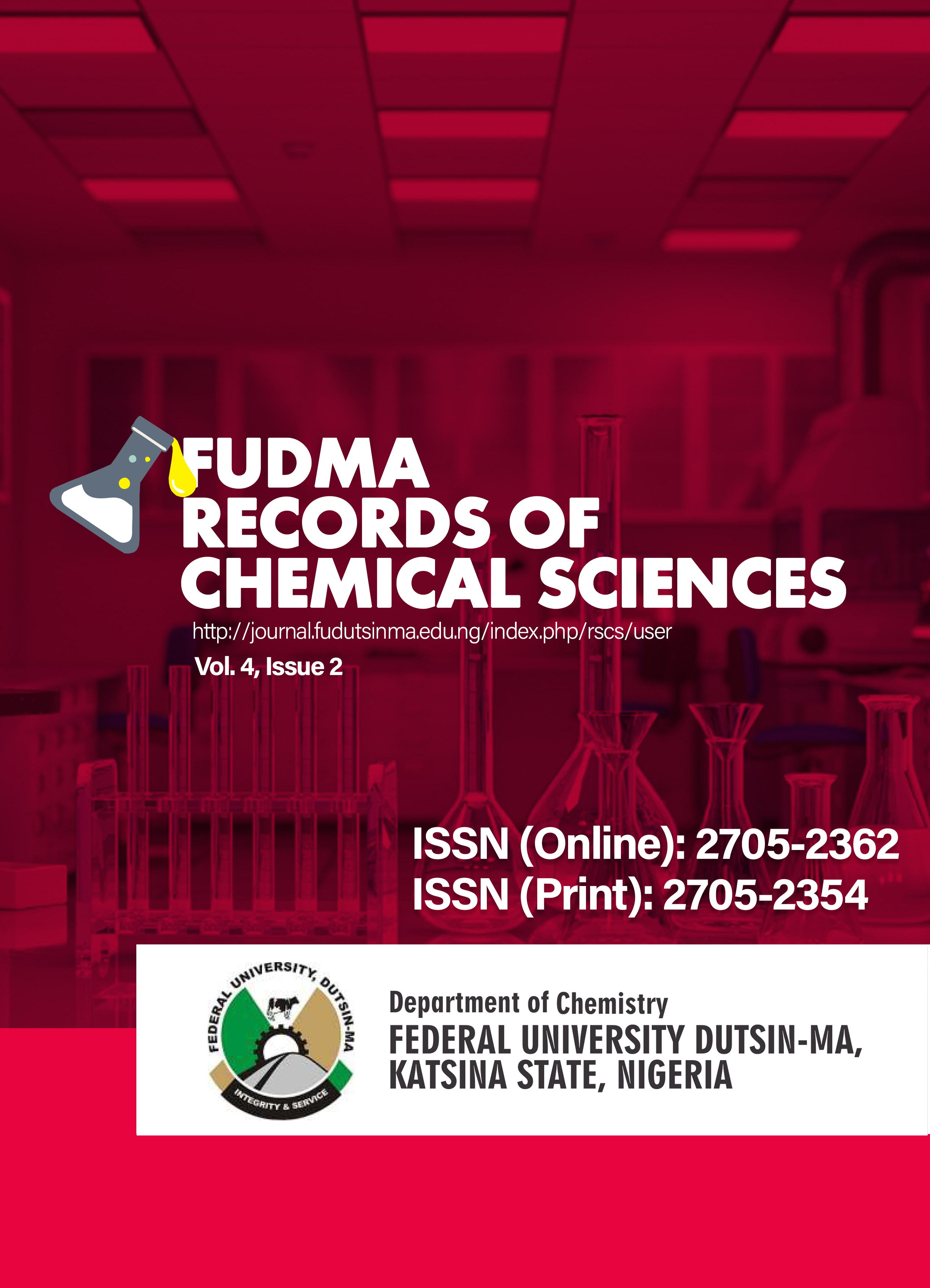Cassava Leaves: Unlocking the Pharmacological Treasures of a Forgotten Superfood
DOI:
https://doi.org/10.33003/frscs-2025-0402/02Keywords:
Cassava leaves , neglected crops , cyanogenic glycosides , nutraceuticals , sustainable protein , bioactive peptides , food securityAbstract
Though overshadowed by its starchy root, cassava (Manihot esculenta) leaves are an underutilized reservoir of bioactive compounds of huge pharmacological and nutritional value. This review synthesizes cutting-edge knowledge on the phytochemical abundance, therapeutic properties, and agro economic significance of cassava leaves as a sustainable superfood of the future. This study discovered that cassava leaves possess excellent-quality protein (15 – 25% dry weight), branched-chain amino acids (leucine), and micronutrient content (iron, calcium, vitamins A and C), similar to conventional leafy greens like spinach. Some secondary metabolites i.e. flavonoid glycosides (quercetin, kaempferol derivatives), cyanogenic glucosides (linamarin), and antioxidant phenolics—exhibit dose-dependent bioactivities, from radical scavenging (IC50 < 50 μg/mL in DPPH tests) to anti-inflammatory (NF-κB inhibition) and antimicrobial activities (against S. aureus and E. coli). Most notably, this review demystifies myths of toxicity by demonstrating how traditional processing (fermentation, boiling) reduces cyanide content to safe levels (<10 ppm) and enhances protein digestibility. New data show cassava leaf extracts modulate glucose metabolism (α-amylase inhibition >70%) and exhibit antitumor activity (apoptosis induction in HepG2 cells). Beyond nutrition, we highlight new applications in biodegradable packaging (leaf-derived cellulose films) and phage therapy (lectins as antiviral agents). Despite these advances, translational gaps persist, including the need for clinical trials and scalable detoxification technologies. This review advocates policy-initiated action to integrate cassava leaves into global food and pharmaceutical value chains, outlining a template to transform this "orphan crop" into a climate-resilient nutraceutical behemoth






